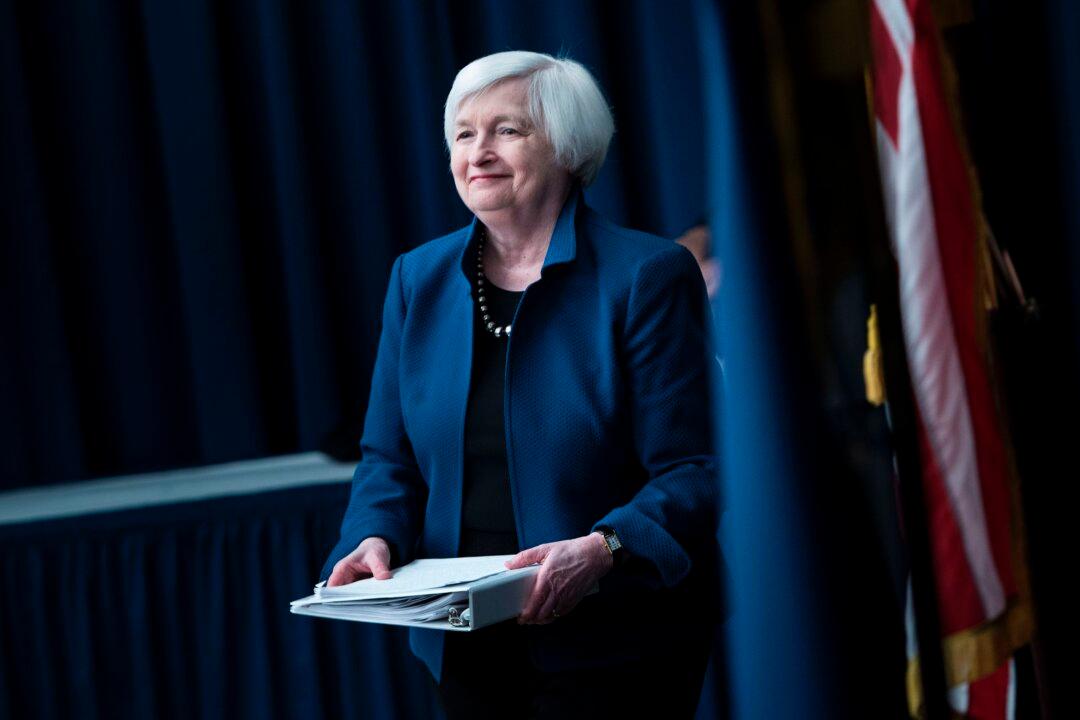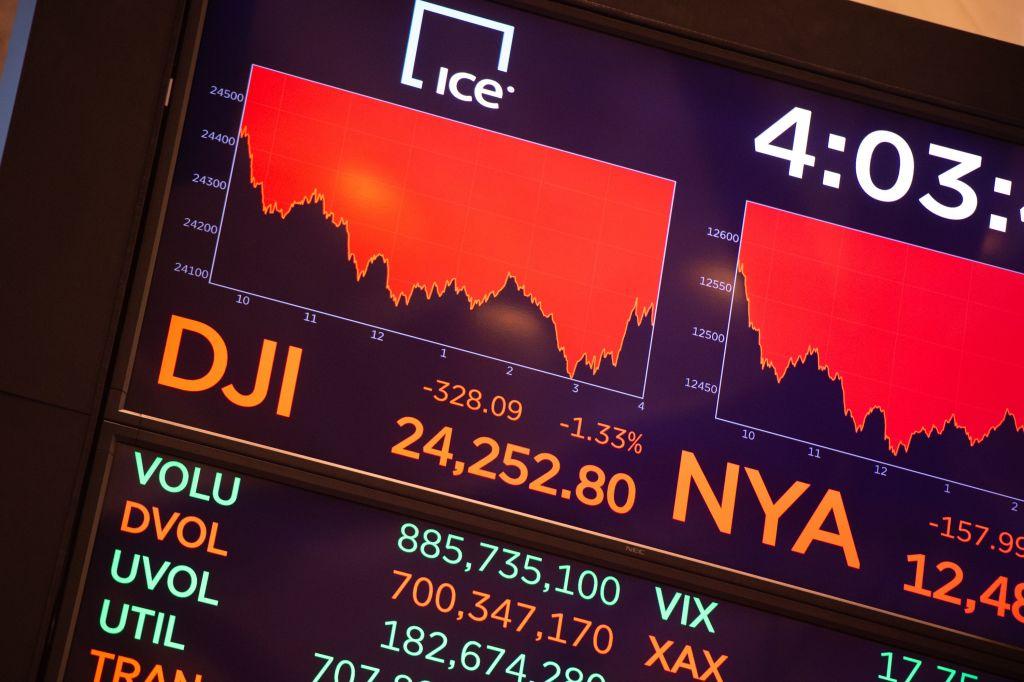Janet Yellen will be replaced by Jerome Powell as head of the Federal Reserve (Fed) when her first and only term ends in February 2018.
Nonetheless, many believe she has done a good job as Fed chair. She inherited a very loose monetary stance from her predecessor, Ben Bernanke, and started to apply the brakes to a very dangerous machine as soon as the U.S. economy began to recover. Right now, financial markets and the economy are in the best shape since the financial crisis. But this does not mean Yellen’s job is over, nor that there aren’t any risks to the recovery.





